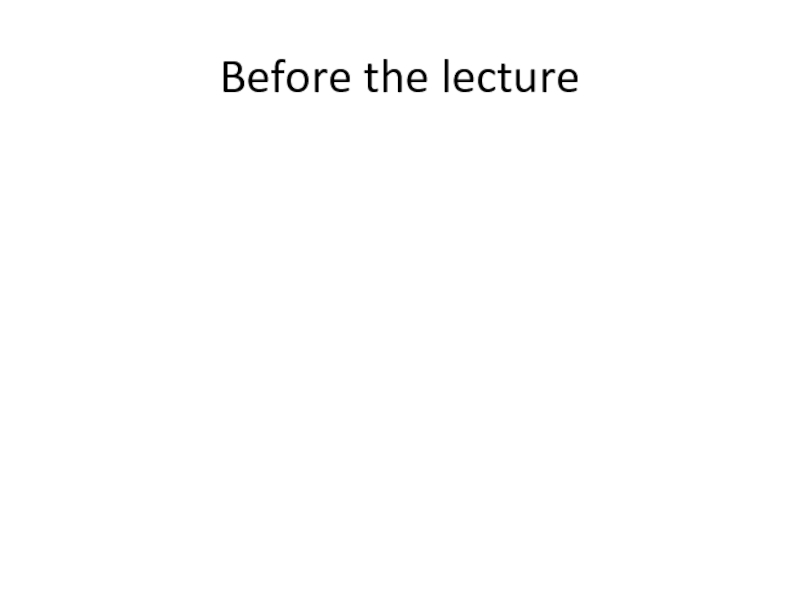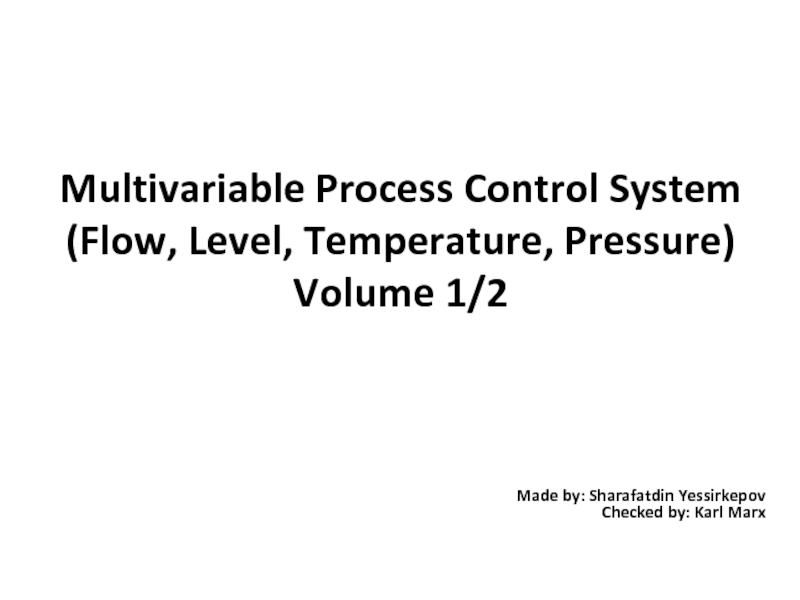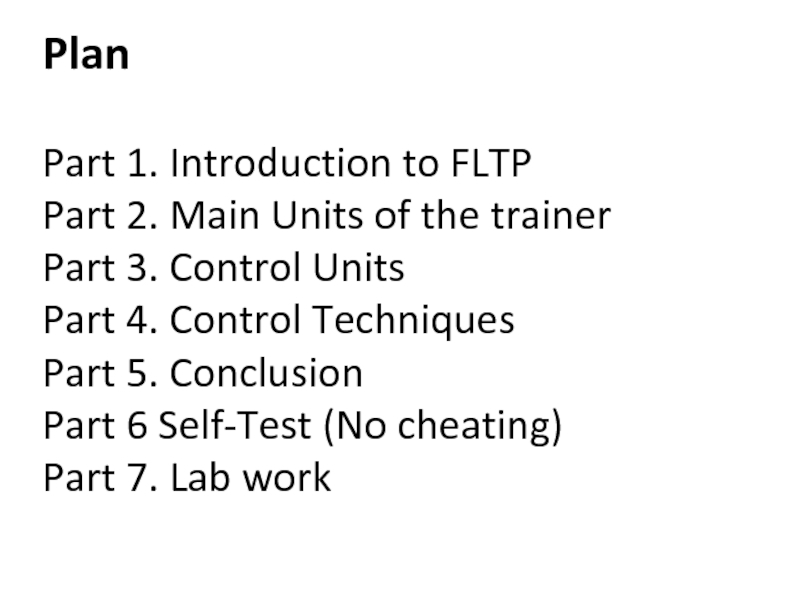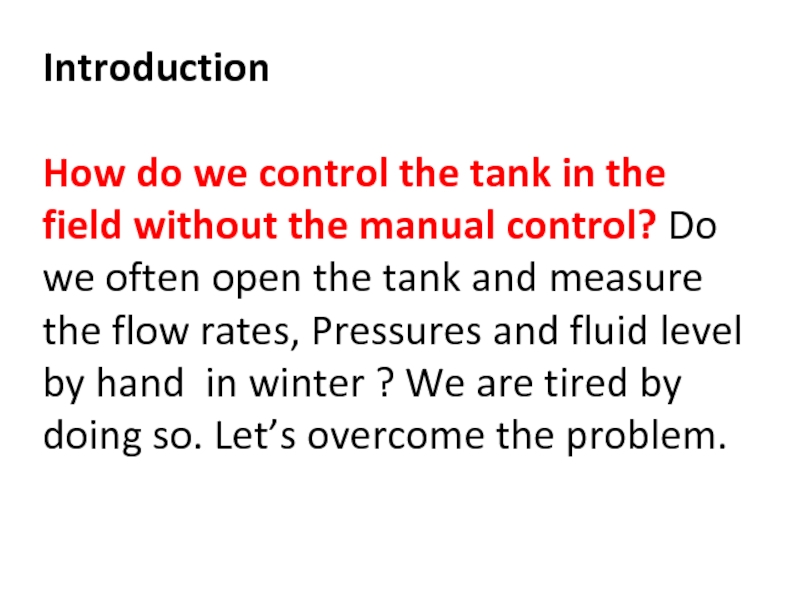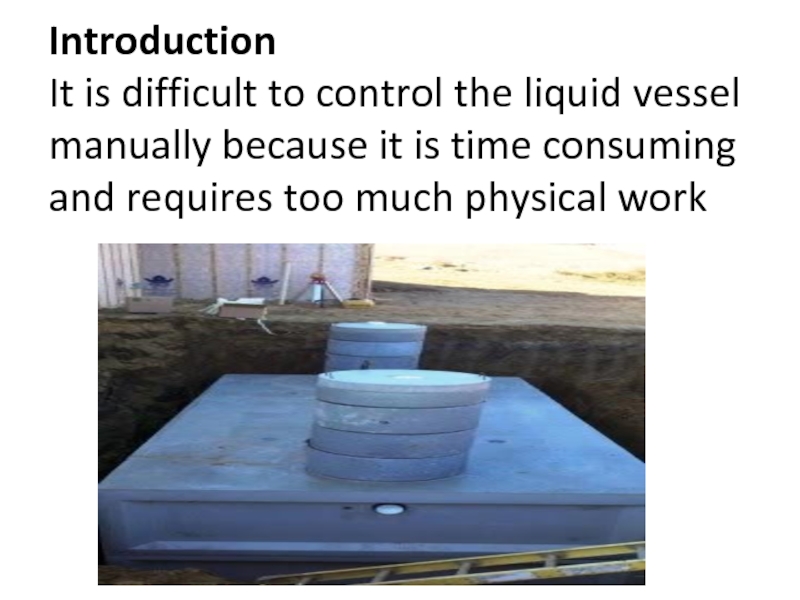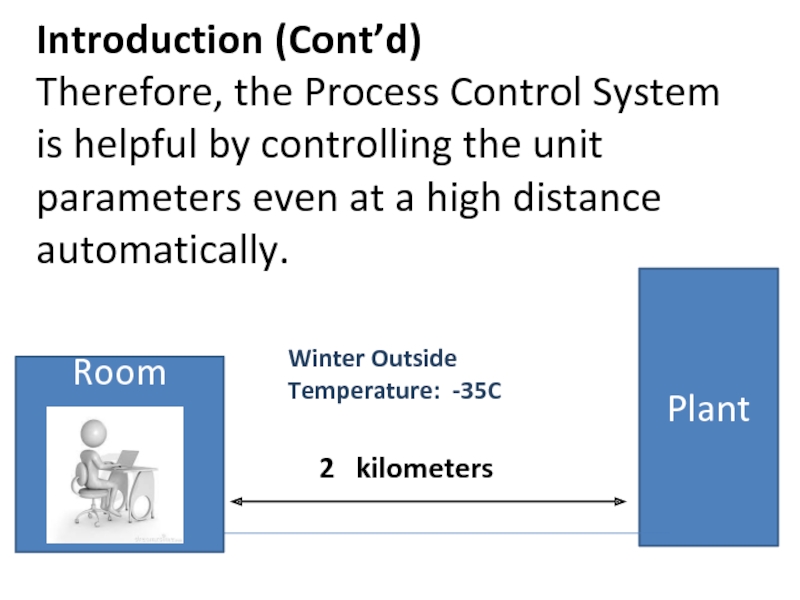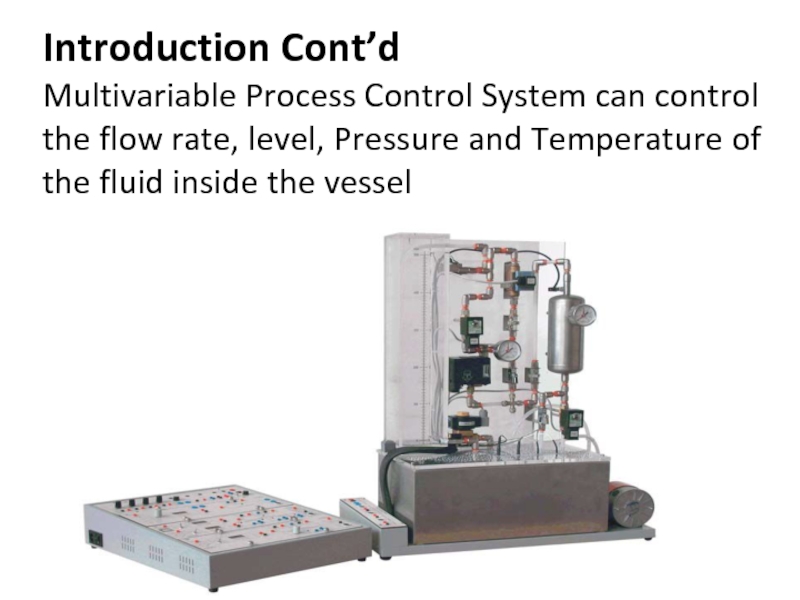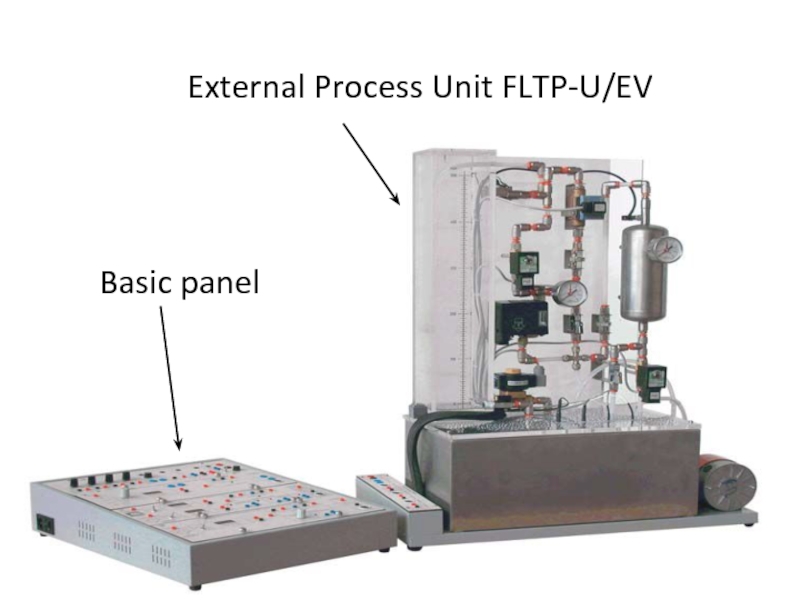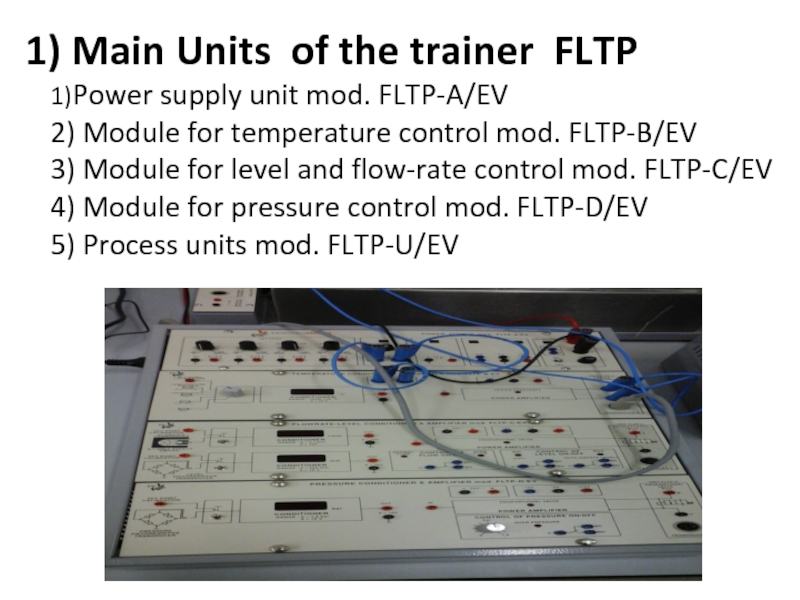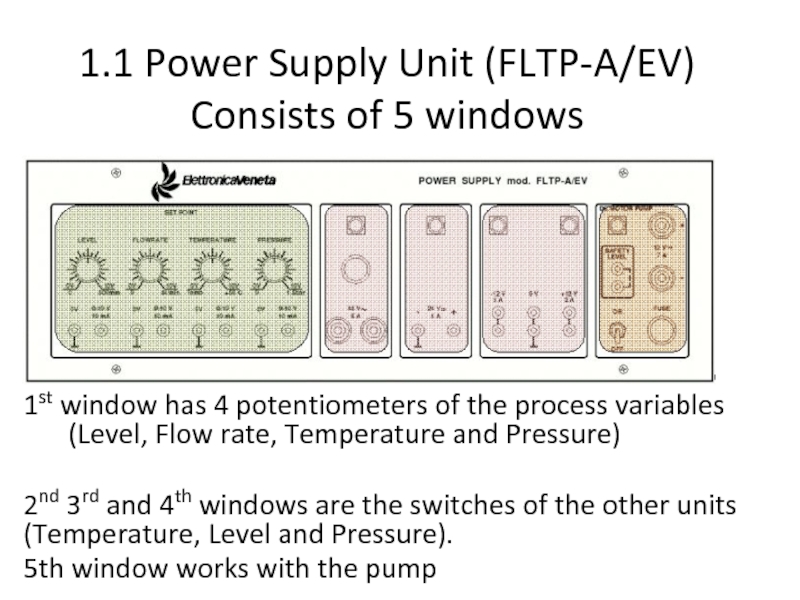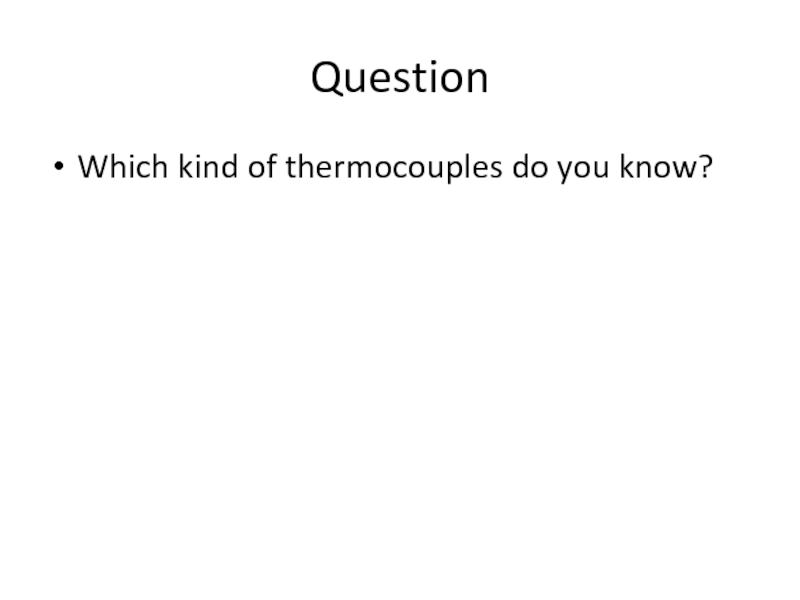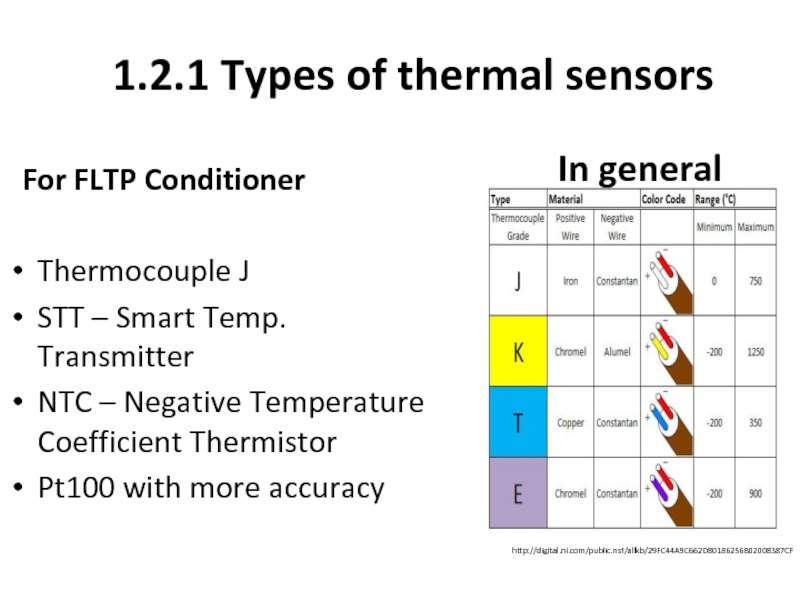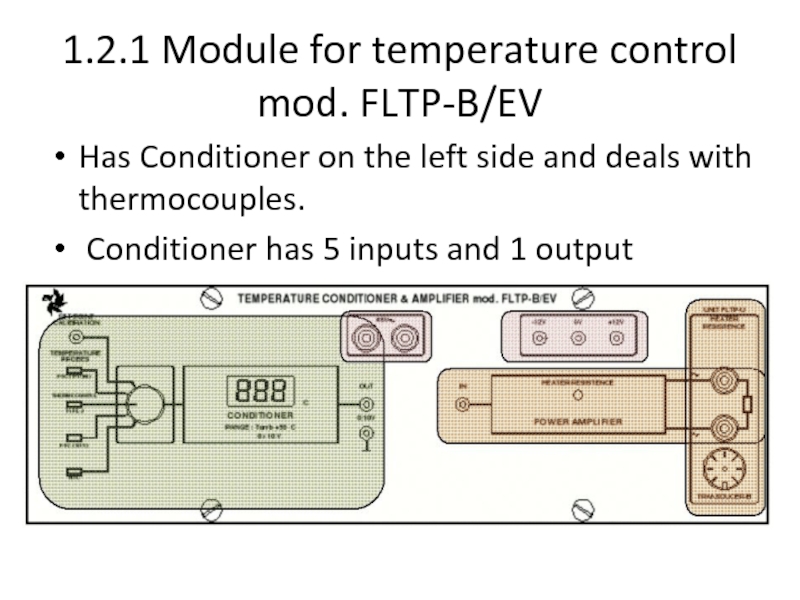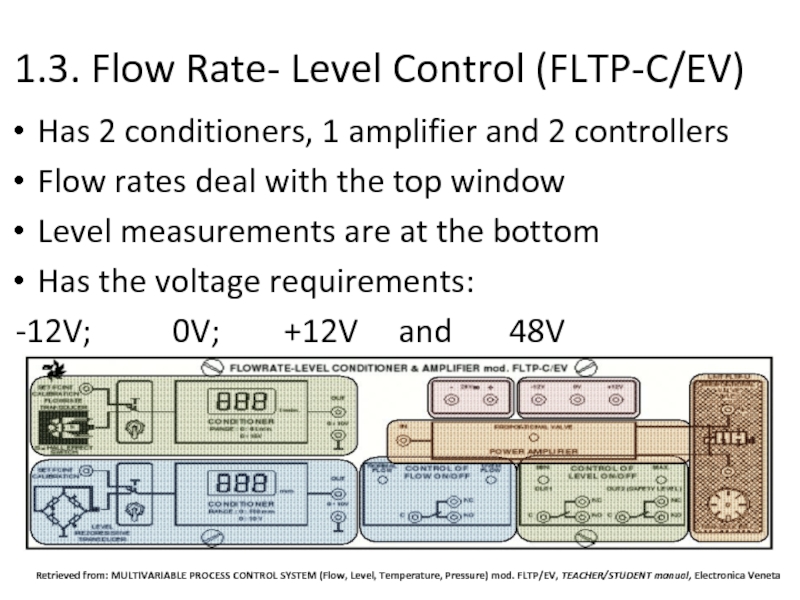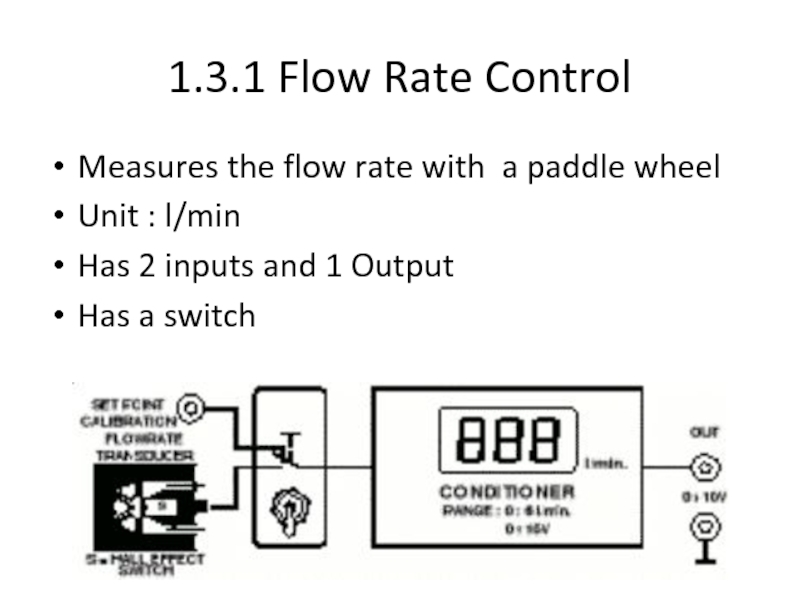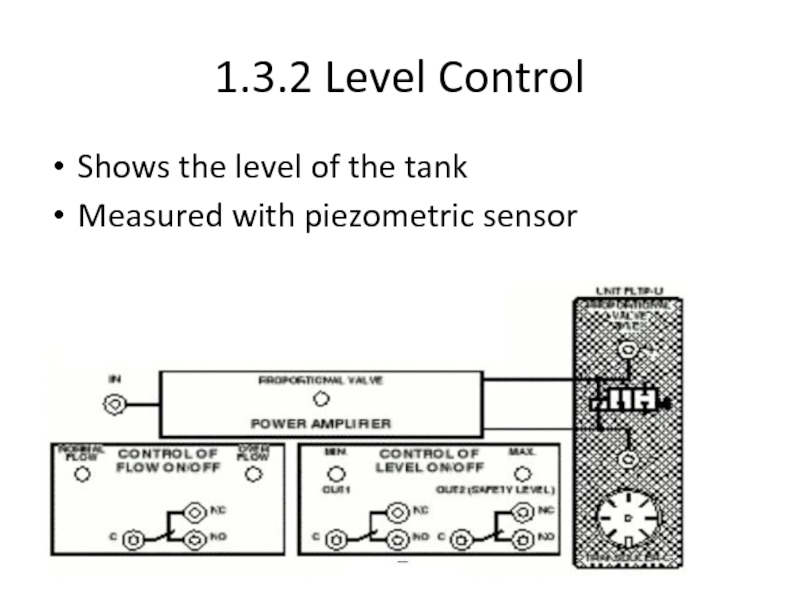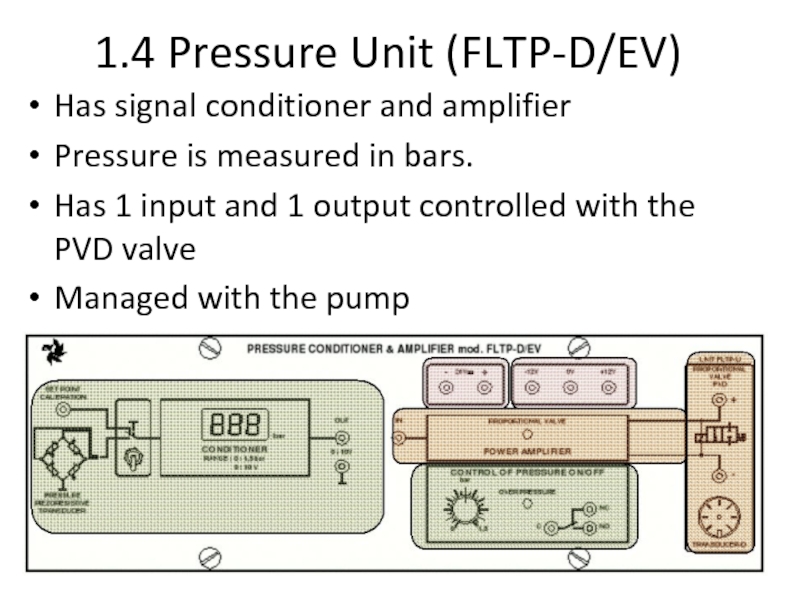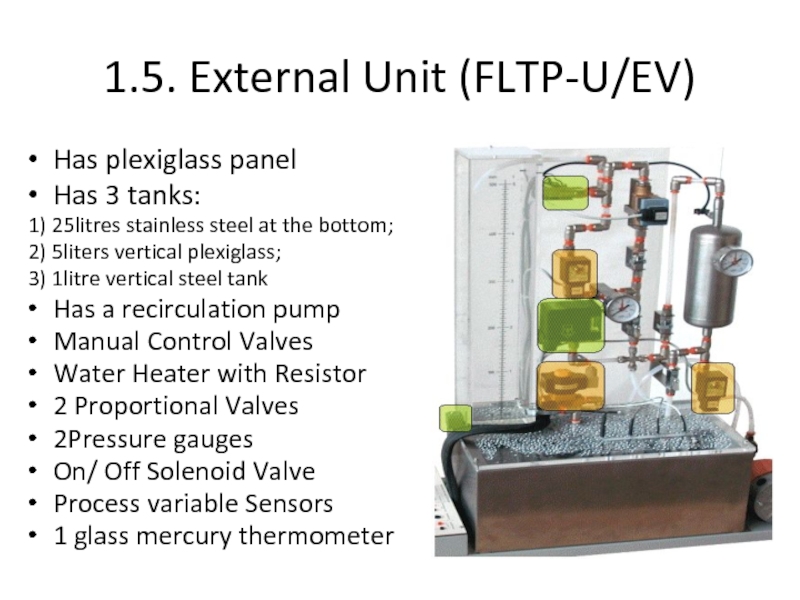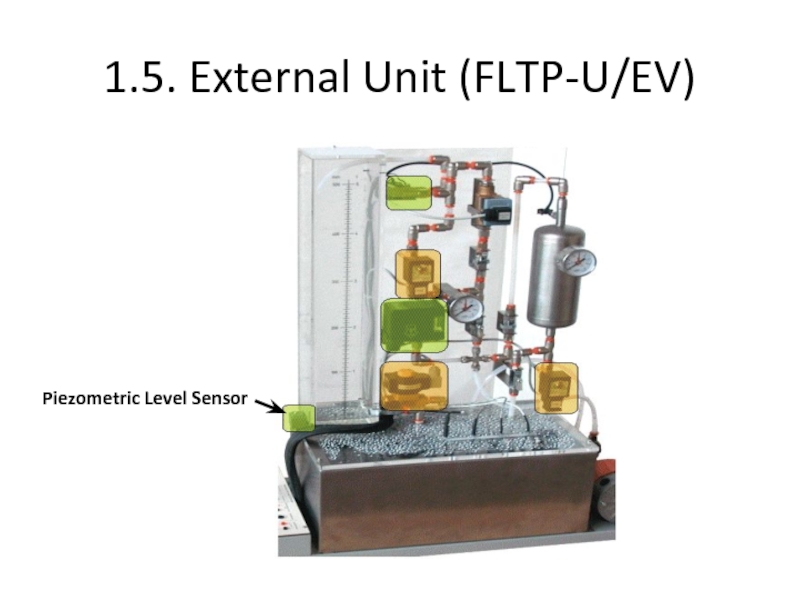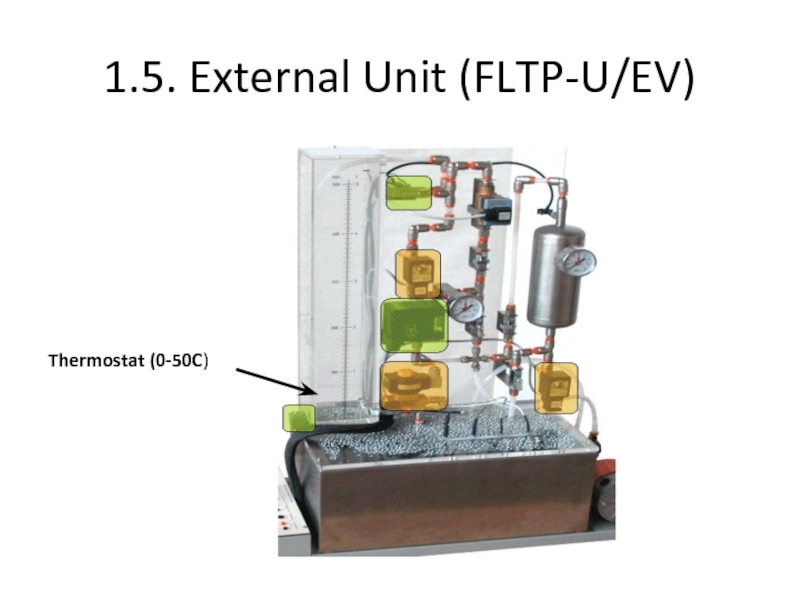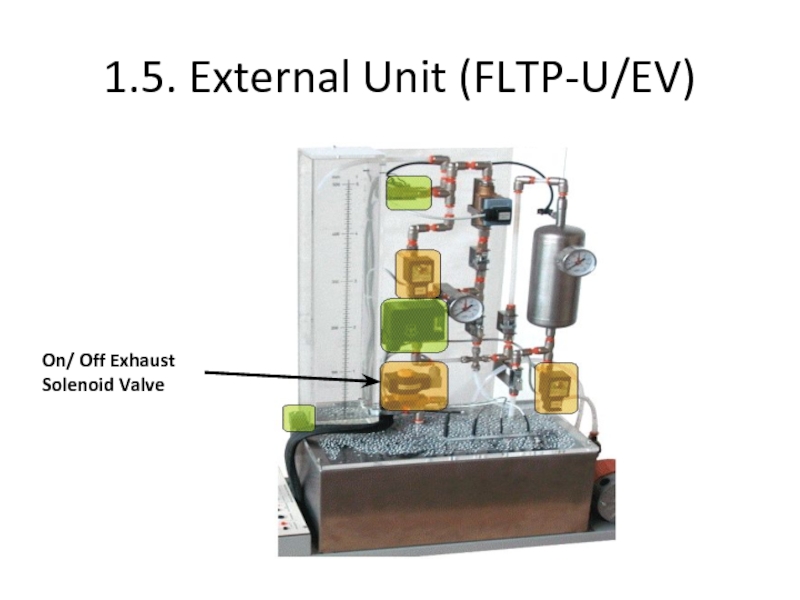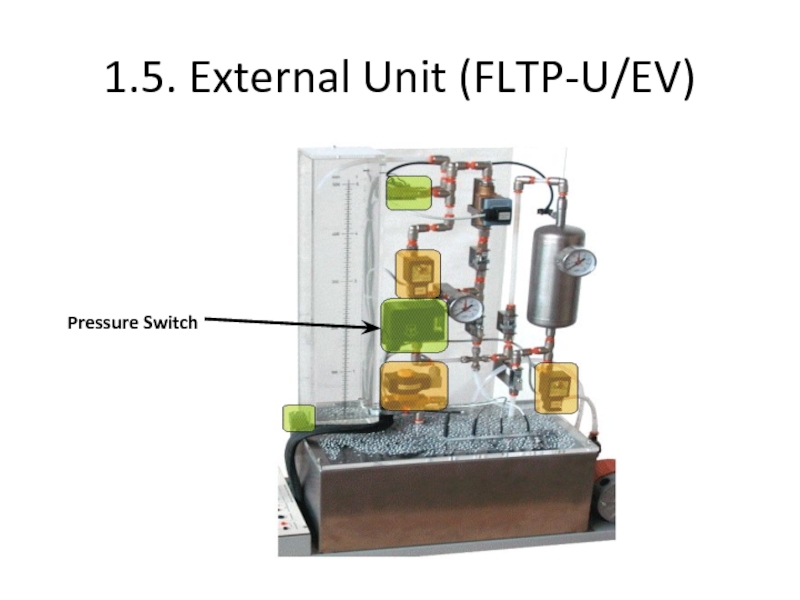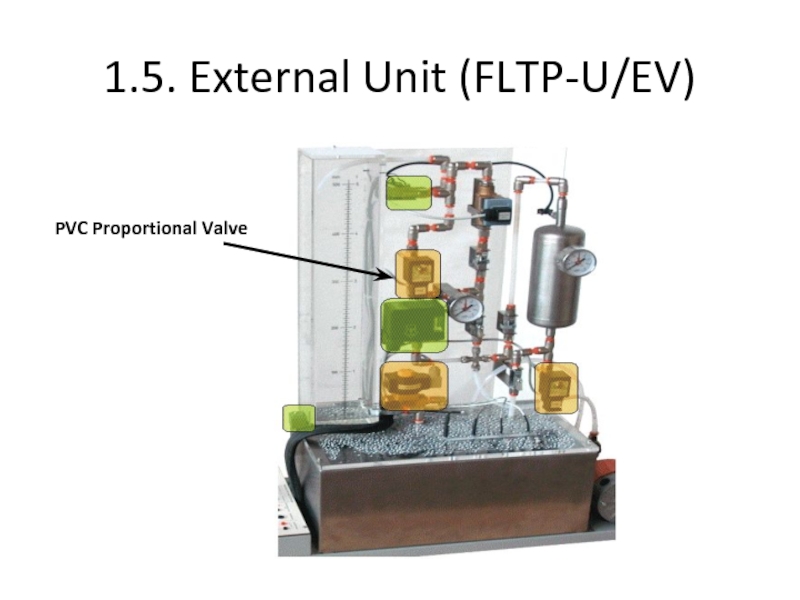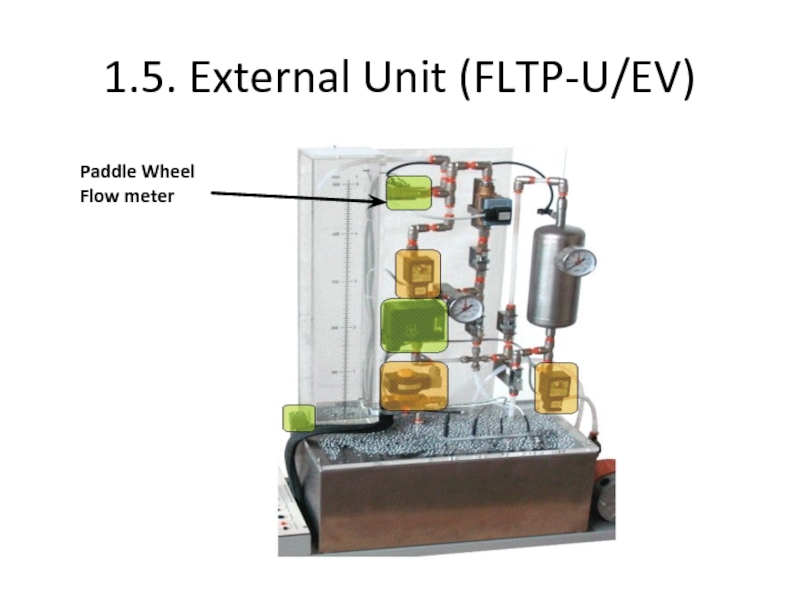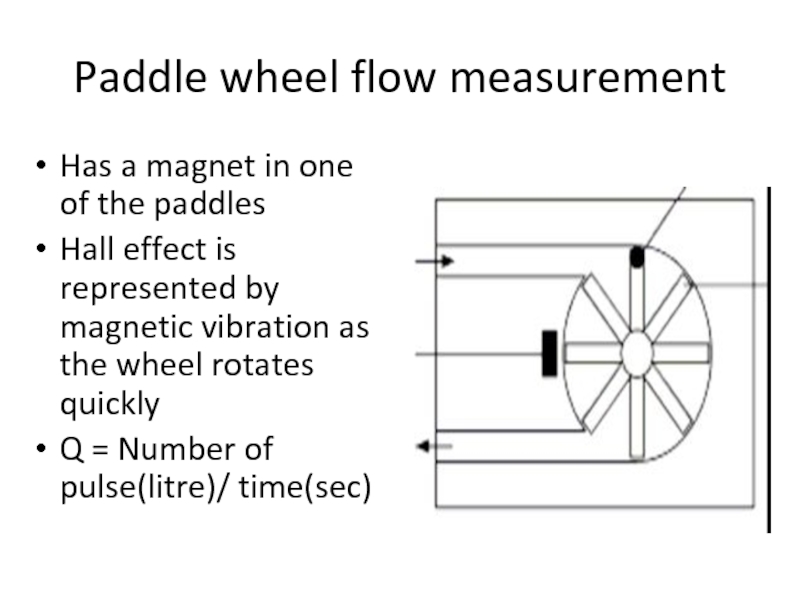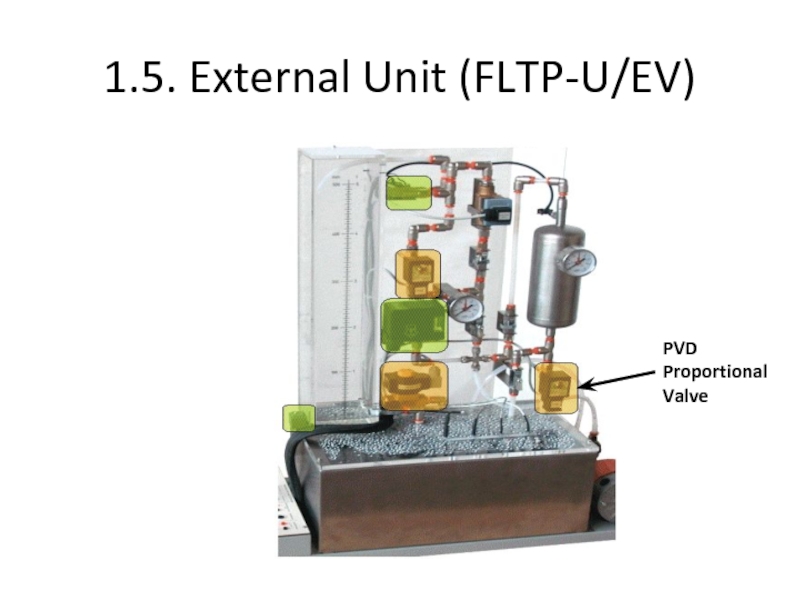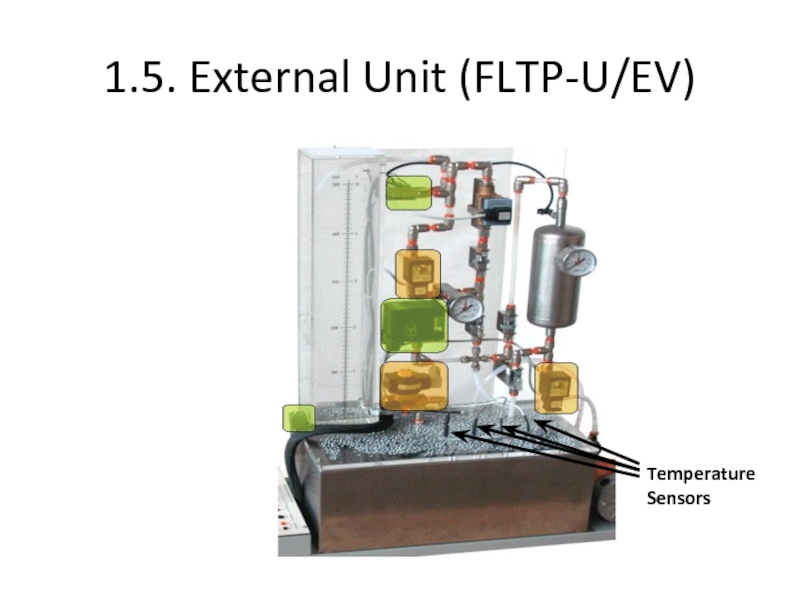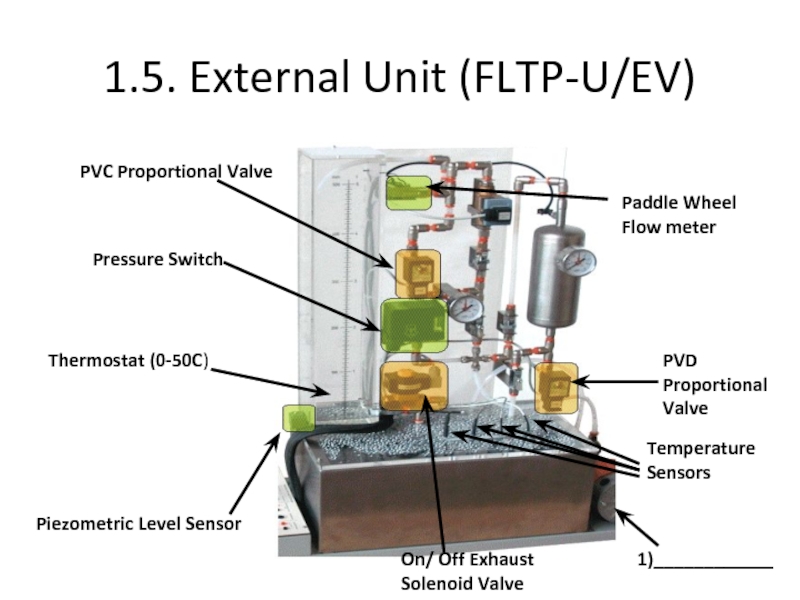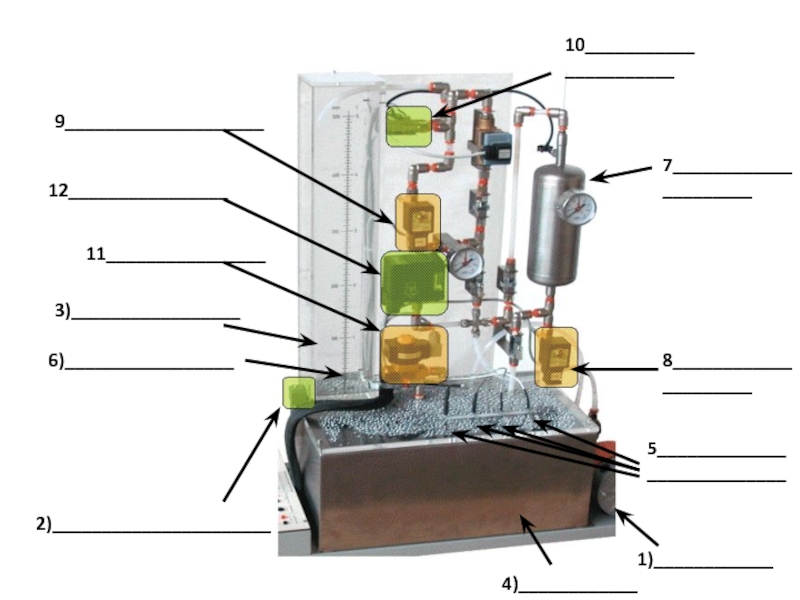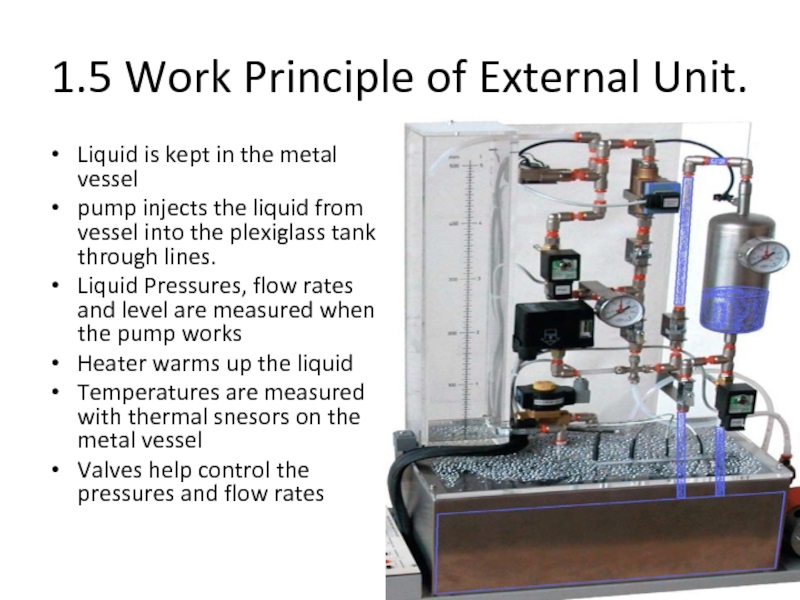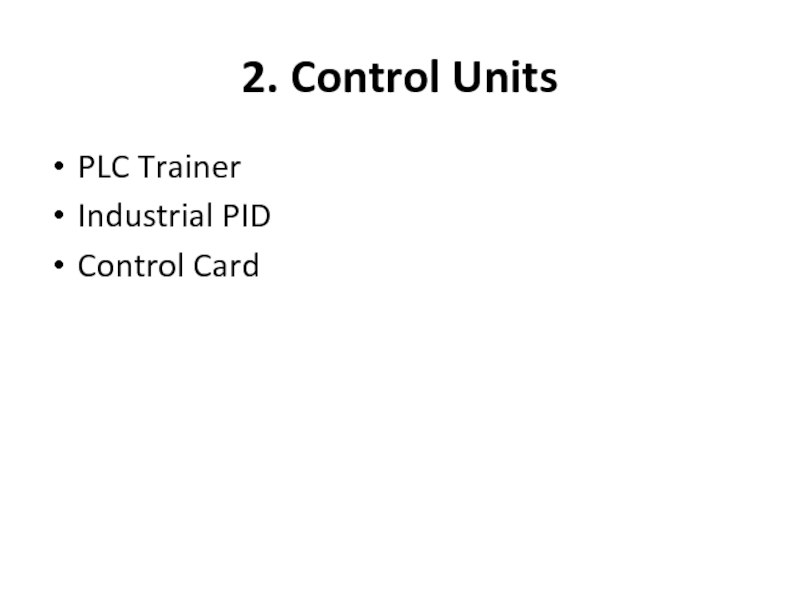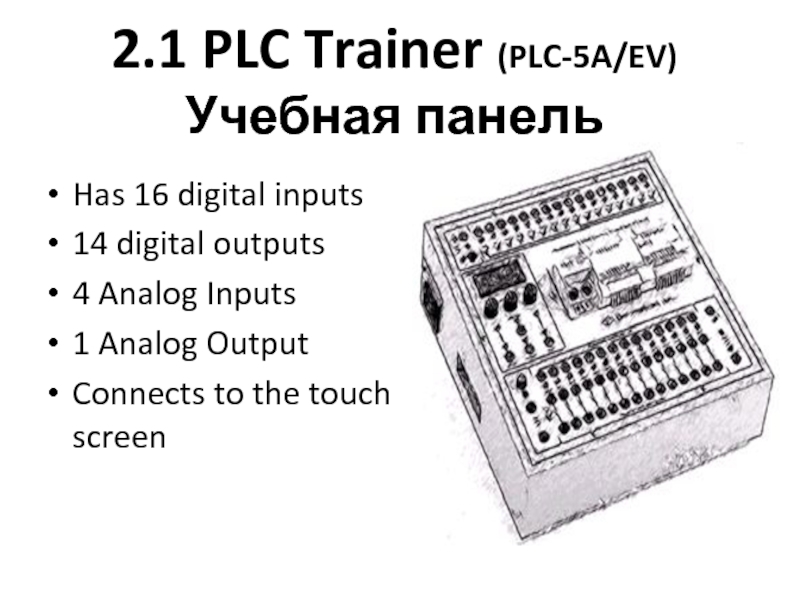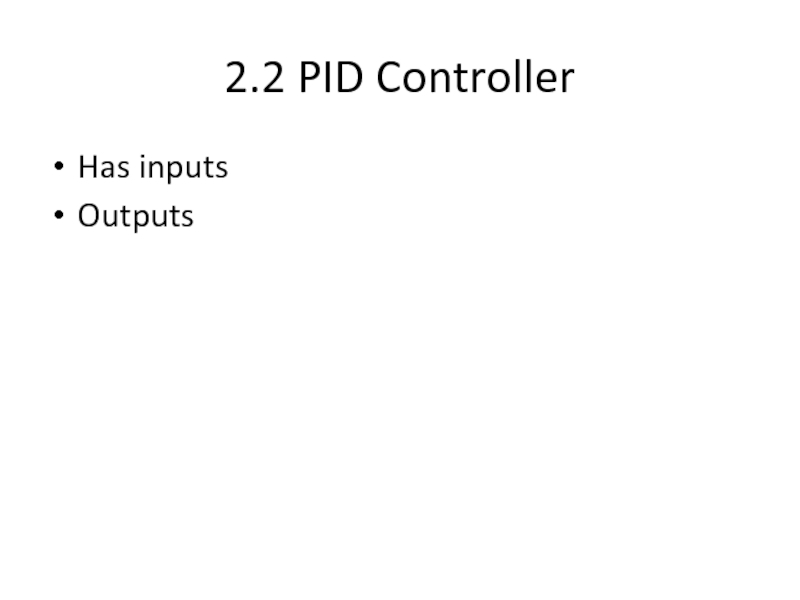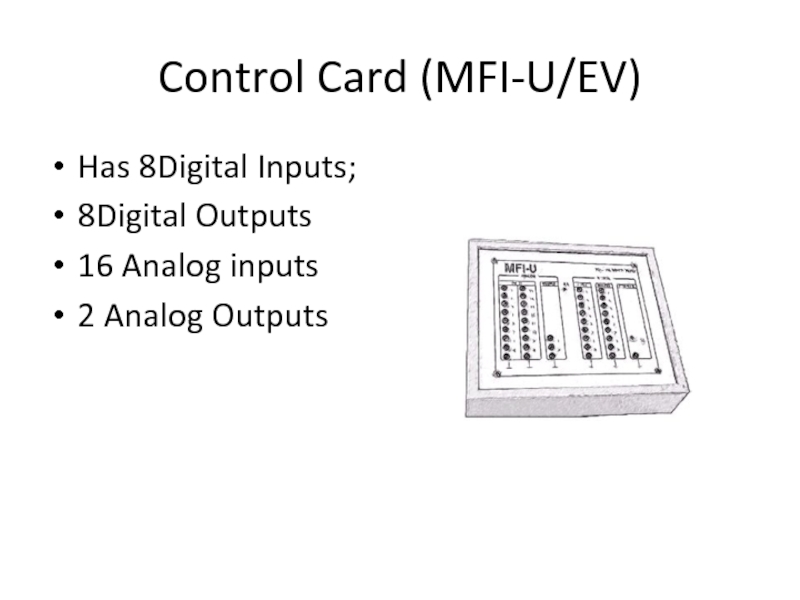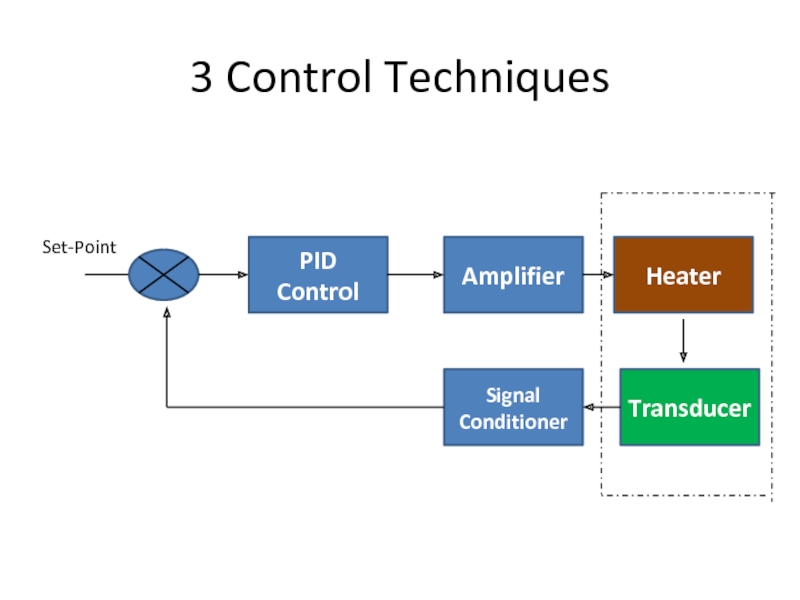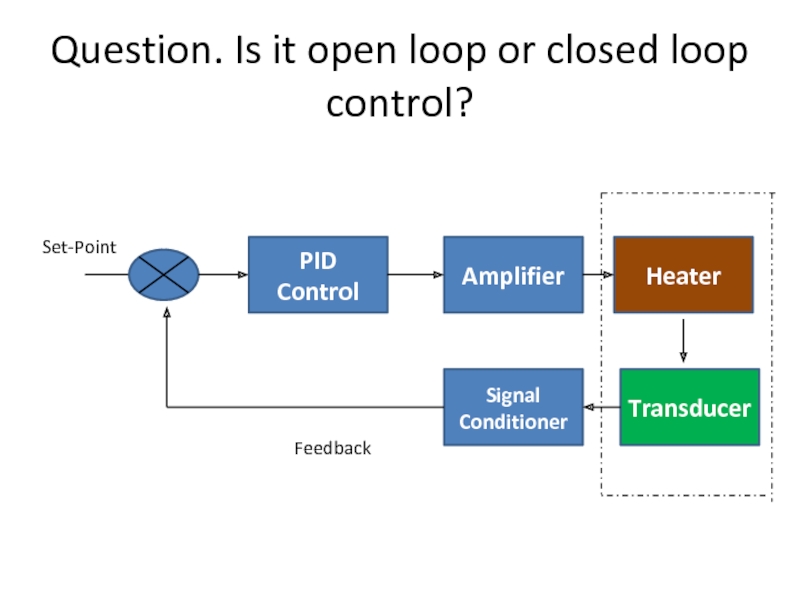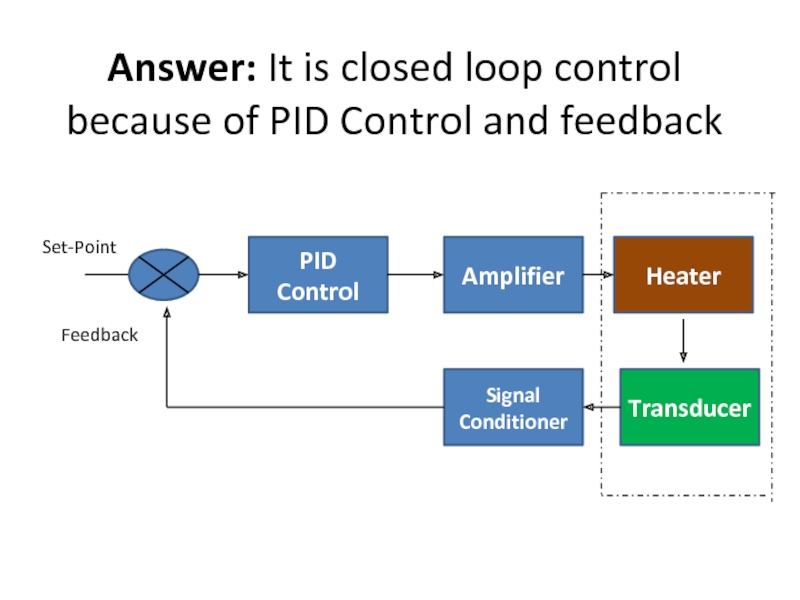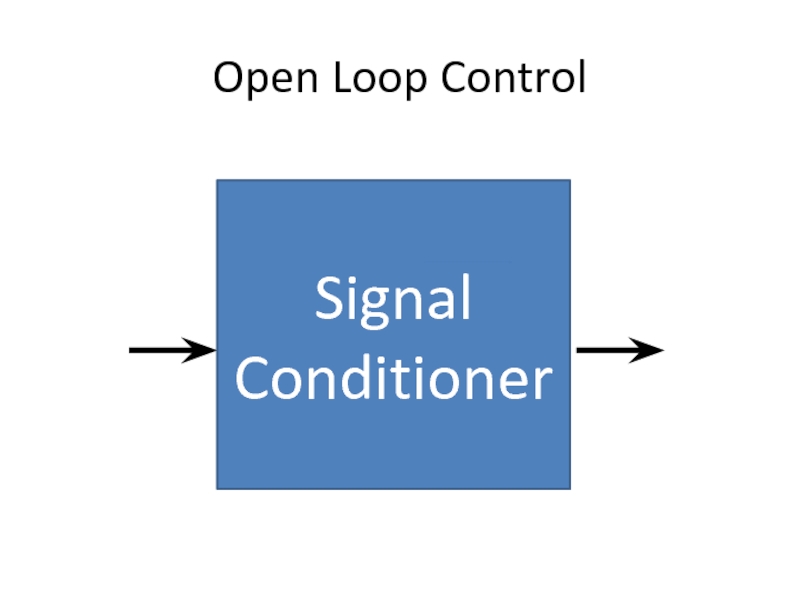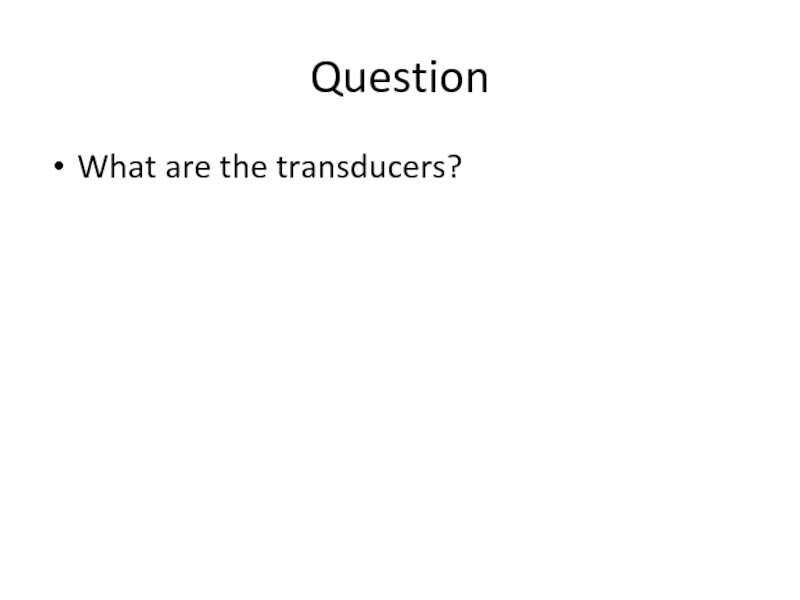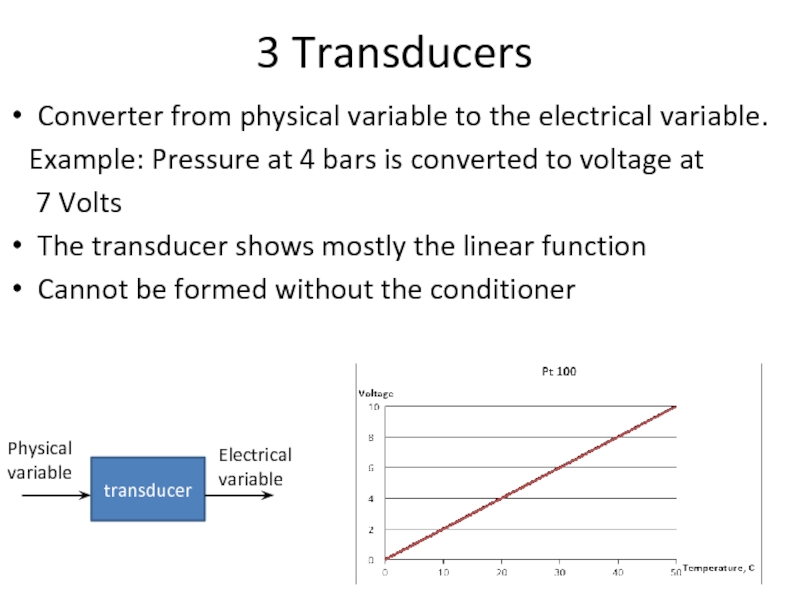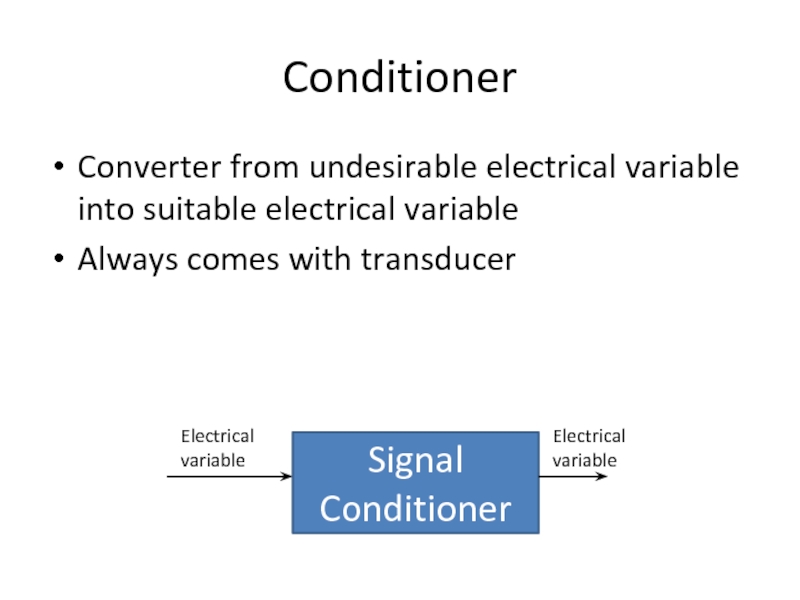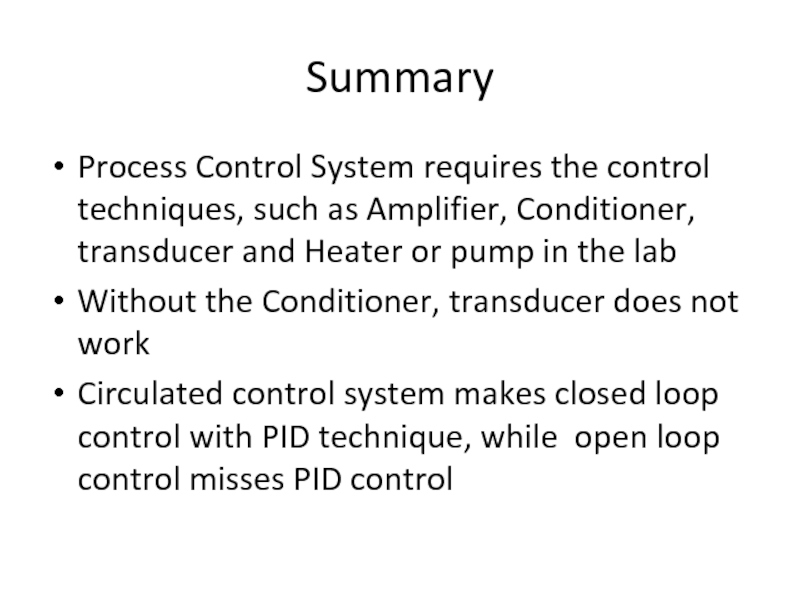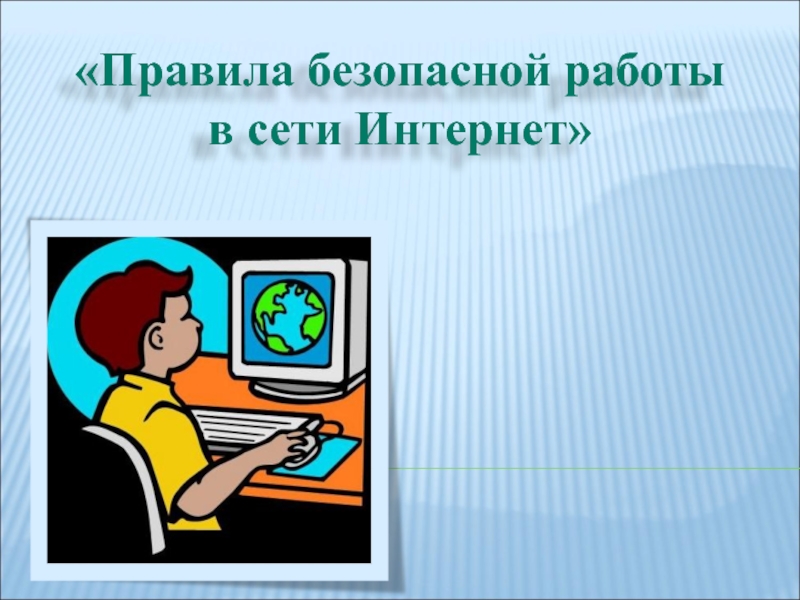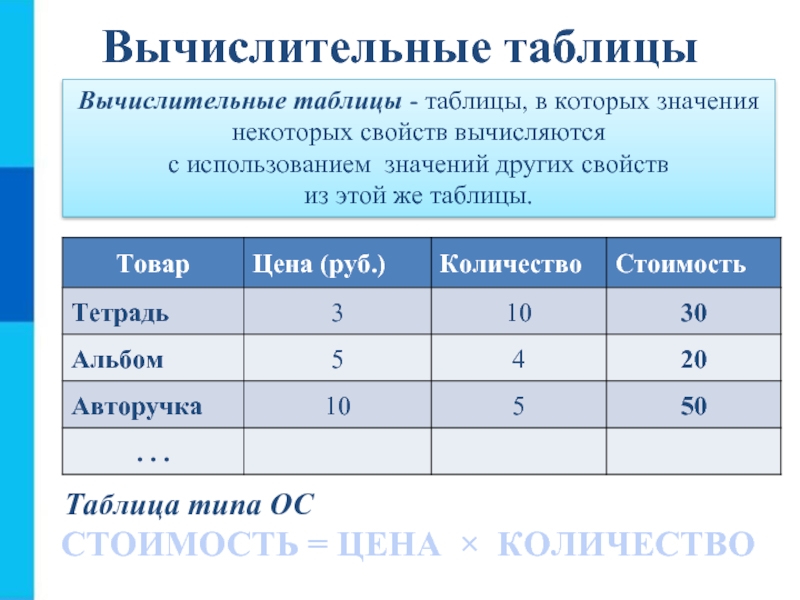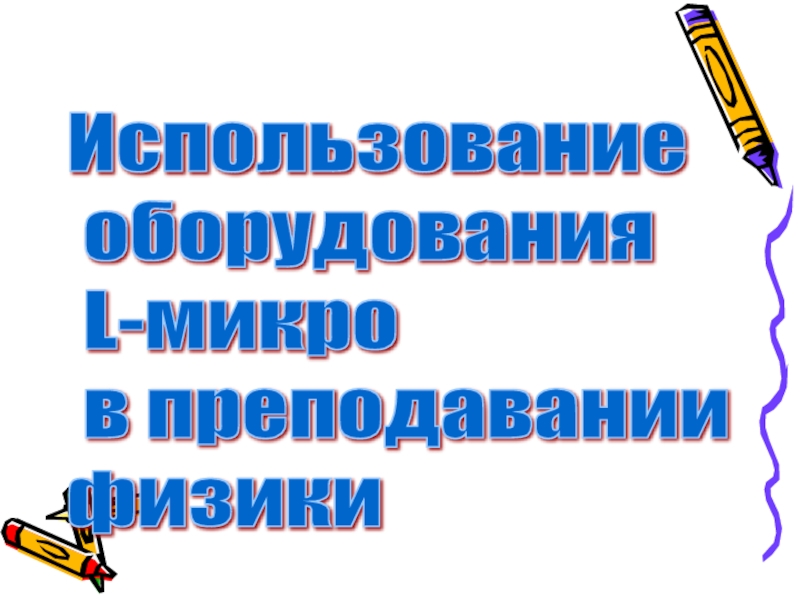- Главная
- Разное
- Дизайн
- Бизнес и предпринимательство
- Аналитика
- Образование
- Развлечения
- Красота и здоровье
- Финансы
- Государство
- Путешествия
- Спорт
- Недвижимость
- Армия
- Графика
- Культурология
- Еда и кулинария
- Лингвистика
- Английский язык
- Астрономия
- Алгебра
- Биология
- География
- Детские презентации
- Информатика
- История
- Литература
- Маркетинг
- Математика
- Медицина
- Менеджмент
- Музыка
- МХК
- Немецкий язык
- ОБЖ
- Обществознание
- Окружающий мир
- Педагогика
- Русский язык
- Технология
- Физика
- Философия
- Химия
- Шаблоны, картинки для презентаций
- Экология
- Экономика
- Юриспруденция
Multivariable process control system презентация
Содержание
- 1. Multivariable process control system
- 2. Multivariable Process Control System (Flow, Level, Temperature,
- 3. Plan Part 1. Introduction to FLTP
- 4. Introduction How do we control the
- 5. Introduction It is difficult to control the
- 6. Introduction (Cont’d) Therefore, the Process Control System
- 7. Introduction Cont’d Multivariable Process Control System can
- 8. External Process Unit FLTP-U/EV Basic panel
- 9. 1) Main Units of the
- 10. 1.1 Power Supply Unit (FLTP-A/EV) Consists of
- 11. 1.2 Module for temperature control mod. FLTP-B/EV
- 12. Question Which kind of thermocouples do you know?
- 13. http://digital.ni.com/public.nsf/allkb/29FC44A9C662D80186256B02008387CF For FLTP Conditioner Thermocouple
- 14. 1.2.1 Module for temperature control mod. FLTP-B/EV
- 15. Question. What is amplifier?
- 16. 1.2.2 Amplifier (Brief explanation) Amplifier –
- 17. 1.3. Flow Rate- Level Control (FLTP-C/EV) Has
- 18. 1.3.1 Flow Rate Control Measures the flow
- 19. 1.3.2 Level Control Shows the level of the tank Measured with piezometric sensor
- 20. 1.4 Pressure Unit (FLTP-D/EV) Has signal conditioner
- 21. 1.5. External Unit (FLTP-U/EV) Has plexiglass panel
- 22. 1.5. External Unit (FLTP-U/EV) Piezometric Level Sensor
- 23. 1.5. External Unit (FLTP-U/EV) Thermostat (0-50C)
- 24. 1.5. External Unit (FLTP-U/EV) On/ Off Exhaust Solenoid Valve
- 25. 1.5. External Unit (FLTP-U/EV) Pressure Switch
- 26. 1.5. External Unit (FLTP-U/EV) PVC Proportional Valve
- 27. 1.5. External Unit (FLTP-U/EV) Paddle Wheel Flow meter
- 28. Paddle wheel flow measurement Has a magnet
- 29. 1.5. External Unit (FLTP-U/EV) PVD Proportional Valve
- 30. 1.5. External Unit (FLTP-U/EV) Temperature Sensors
- 31. 1.5. External Unit (FLTP-U/EV) PVC Proportional Valve
- 32. 9____________________ 8_____________________ 11________________ 6)_________________ 2)______________________ 5___________________________ 10______________________ 1)____________ 3)_________________ 4)____________ 7_____________________ 12________________
- 33. Valves Positive crankcase ventilation (PVC) is used
- 34. 1.5 Work Principle of External Unit.
- 35. 2. Control Units PLC Trainer Industrial PID Control Card
- 36. 2.1 PLC Trainer (PLC-5A/EV) Учебная панель
- 37. 2.2 PID Controller Has inputs Outputs
- 38. Control Card (MFI-U/EV) Has 8Digital Inputs; 8Digital Outputs 16 Analog inputs 2 Analog Outputs
- 39. 3 Control Techniques PID Control Amplifier Heater Transducer Signal Conditioner Set-Point
- 40. Question. Is it open loop or closed
- 41. Answer: It is closed loop control because
- 42. Open Loop Control Signal Conditioner
- 43. Question What are the transducers?
- 44. 3 Transducers Converter from physical variable to
- 45. Question What is the Conditioner?
- 46. Conditioner Converter from undesirable electrical variable into
- 47. Temperature Control PID Control Amplifier Heater Transducer Signal Conditioner Set-Point PV
- 48. Pressure Control PID Control Amplifier Pump Transducer Signal Conditioner Set-Point PV
- 49. Summary Process Control System requires the control
Слайд 2Multivariable Process Control System (Flow, Level, Temperature, Pressure) Volume 1/2
Made by: Sharafatdin Yessirkepov
Checked by: Karl Marx
Слайд 3Plan Part 1. Introduction to FLTP Part 2. Main Units of the trainer Part
Слайд 4Introduction How do we control the tank in the field without the
Слайд 5Introduction It is difficult to control the liquid vessel manually because it
Слайд 6Introduction (Cont’d) Therefore, the Process Control System is helpful by controlling the
Plant
Room
2 kilometers
Winter Outside Temperature: -35C
Слайд 7Introduction Cont’d Multivariable Process Control System can control the flow rate, level,
Слайд 9 1) Main Units of the trainer FLTP
Слайд 101.1 Power Supply Unit (FLTP-A/EV)
Consists of 5 windows
1st window has 4
2nd 3rd and 4th windows are the switches of the other units (Temperature, Level and Pressure).
5th window works with the pump
Слайд 111.2 Module for temperature control mod. FLTP-B/EV
Has Conditioner on the left
Has Amplifier on the right side
Temperature unit requires these voltages:
-12V; 0V; +12V and 48V
Слайд 13http://digital.ni.com/public.nsf/allkb/29FC44A9C662D80186256B02008387CF
For FLTP Conditioner
Thermocouple J
STT – Smart Temp. Transmitter
NTC – Negative
Pt100 with more accuracy
1.2.1 Types of thermal sensors
In general
Слайд 141.2.1 Module for temperature control mod. FLTP-B/EV
Has Conditioner on the left
Conditioner has 5 inputs and 1 output
Слайд 161.2.2 Amplifier (Brief explanation)
Amplifier – modulates the output stronger than
For example:
Input voltage is 3V and output is 5V after amplification
Has 1 input and 1 output signal to the heating resistor
Слайд 171.3. Flow Rate- Level Control (FLTP-C/EV)
Has 2 conditioners, 1 amplifier and
Flow rates deal with the top window
Level measurements are at the bottom
Has the voltage requirements:
-12V; 0V; +12V and 48V
Retrieved from: MULTIVARIABLE PROCESS CONTROL SYSTEM (Flow, Level, Temperature, Pressure) mod. FLTP/EV, TEACHER/STUDENT manual, Electronica Veneta
Слайд 181.3.1 Flow Rate Control
Measures the flow rate with a paddle wheel
Unit
Has 2 inputs and 1 Output
Has a switch
Слайд 201.4 Pressure Unit (FLTP-D/EV)
Has signal conditioner and amplifier
Pressure is measured in
Has 1 input and 1 output controlled with the PVD valve
Managed with the pump
Слайд 211.5. External Unit (FLTP-U/EV)
Has plexiglass panel
Has 3 tanks:
1) 25litres stainless
2) 5liters vertical plexiglass;
3) 1litre vertical steel tank
Has a recirculation pump
Manual Control Valves
Water Heater with Resistor
2 Proportional Valves
2Pressure gauges
On/ Off Solenoid Valve
Process variable Sensors
1 glass mercury thermometer
Слайд 28Paddle wheel flow measurement
Has a magnet in one of the paddles
Hall
Q = Number of pulse(litre)/ time(sec)
Слайд 311.5. External Unit (FLTP-U/EV)
PVC Proportional Valve
PVD Proportional Valve
Pressure Switch
Thermostat (0-50C)
Piezometric Level
On/ Off Exhaust Solenoid Valve
Temperature Sensors
Paddle Wheel Flow meter
1)____________
Слайд 329____________________
8_____________________
11________________
6)_________________
2)______________________
5___________________________
10______________________
1)____________
3)_________________
4)____________
7_____________________
12________________
Слайд 33Valves
Positive crankcase ventilation (PVC) is used to limit the pressure or
PVD Power valve Double acting
Solenoid Valve
Слайд 341.5 Work Principle of External Unit.
Liquid is kept in the
pump injects the liquid from vessel into the plexiglass tank through lines.
Liquid Pressures, flow rates and level are measured when the pump works
Heater warms up the liquid
Temperatures are measured with thermal snesors on the metal vessel
Valves help control the pressures and flow rates
Слайд 362.1 PLC Trainer (PLC-5A/EV)
Учебная панель
Has 16 digital inputs
14 digital outputs
4 Analog
1 Analog Output
Connects to the touch screen
Слайд 40Question. Is it open loop or closed loop control?
PID Control
Amplifier
Heater
Transducer
Signal Conditioner
Set-Point
Feedback
Слайд 41Answer: It is closed loop control
because of PID Control and feedback
PID
Amplifier
Heater
Transducer
Signal Conditioner
Set-Point
Feedback
Слайд 443 Transducers
Converter from physical variable to the electrical variable.
Example:
7 Volts
The transducer shows mostly the linear function
Cannot be formed without the conditioner
transducer
Physical variable
Electrical variable
Слайд 46Conditioner
Converter from undesirable electrical variable into suitable electrical variable
Always comes with
Signal Conditioner
Electrical variable
Electrical variable
Слайд 49Summary
Process Control System requires the control techniques, such as Amplifier, Conditioner,
Without the Conditioner, transducer does not work
Circulated control system makes closed loop control with PID technique, while open loop control misses PID control
